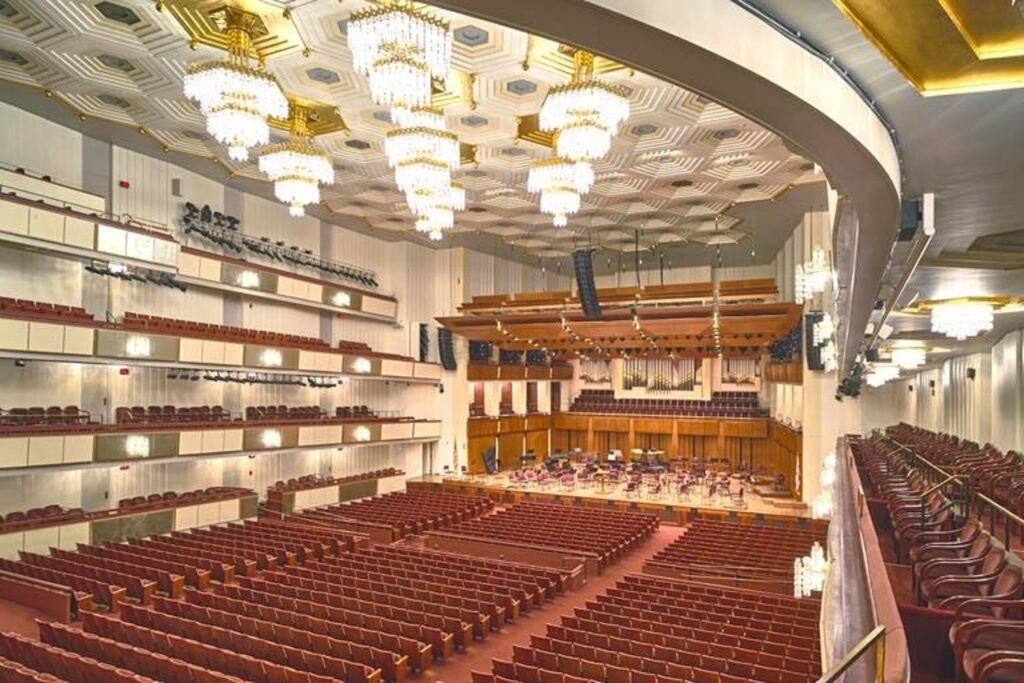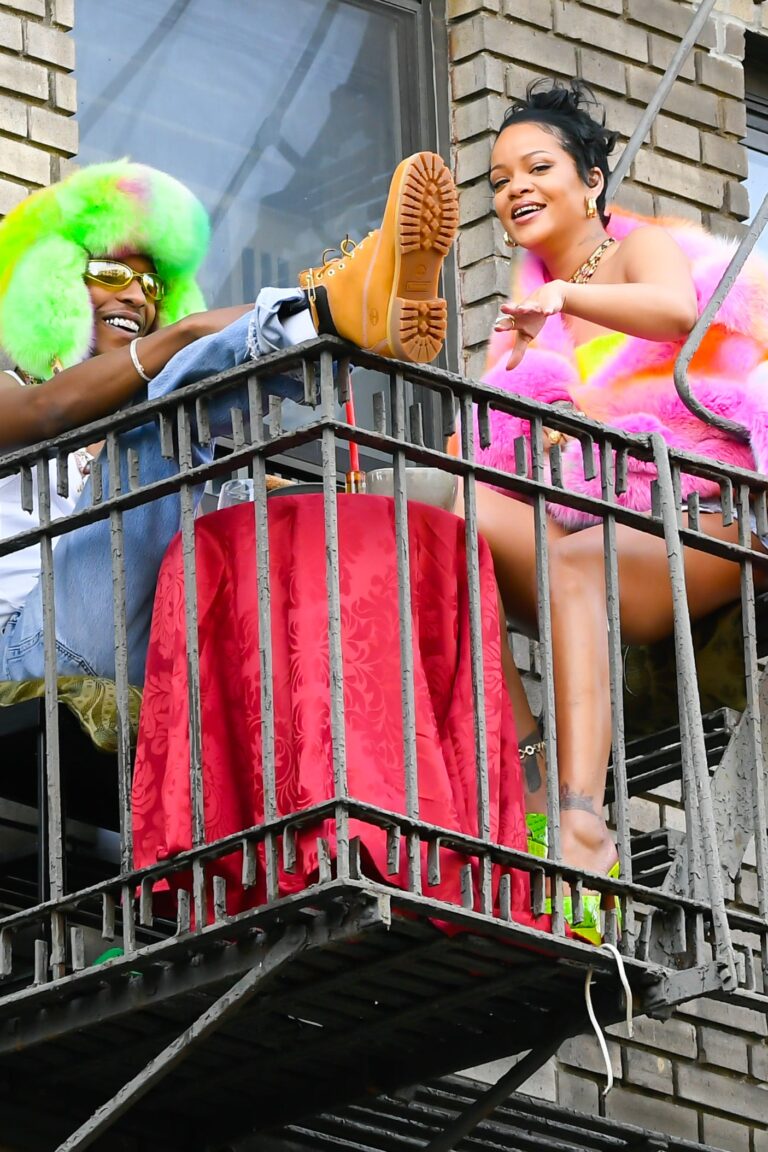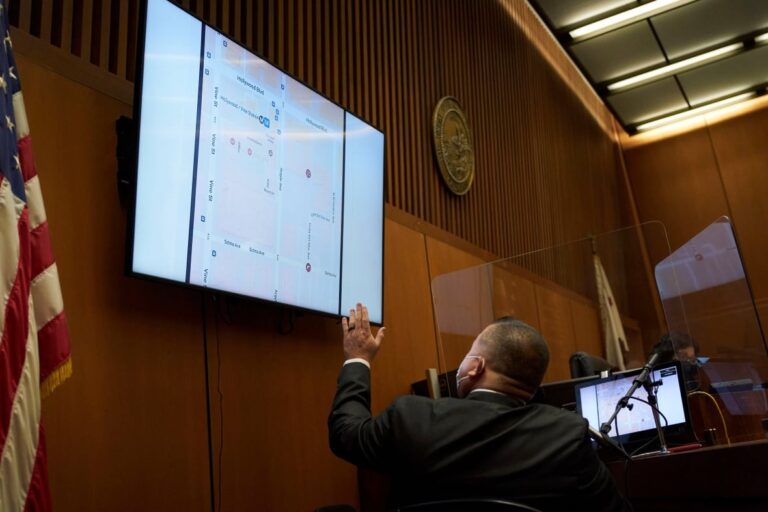
Audience
- Sentiment: Negative
- Political Group: Liberal
- Age Group: 18-35
- Gender: Female
Overview
- President Trump dismissed members of the Kennedy Center Board and appointed himself as chairman, signaling a political takeover of the arts institution.
- Trump’s intention to eliminate drag performances has sparked outrage among LGBTQ+ advocates and artists, seen as an infringement on freedom of expression.
- The Kennedy Center reaffirmed its commitment to diversity in programming, highlighting concerns over political influence in artistic expression.
The Kennedy Center Controversy: A New Chapter in the Arts or an Attack on Freedom?
In recent news, a story has emerged that has sparked heated conversations across the country, especially in the world of the arts. President Trump, during his second term in office, made a surprising announcement that has surprised many people: he dismissed multiple members of the prestigious Kennedy Center Board of Trustees and appointed himself as the new chairman. This move was not just about leadership changes; it signifies a shift in his policies toward the arts and entertainment, which has left many wondering what this means for the future of such institutions and the performances they host.
What is the Kennedy Center?
Before we dive deeper into this unfolding story, let’s take a moment to understand what the Kennedy Center is and why it matters. The John F. Kennedy Center for the Performing Arts, often simply referred to as the Kennedy Center, is located in Washington, D.C. It’s one of the largest and most important cultural hubs in the United States. There, you can find theaters for ballet, opera, and concerts, showcasing a variety of performances from classical to modern. Essentially, it’s a place where art comes to life.
The Kennedy Center is named after President John F. Kennedy, who was a strong supporter of the arts. His love for artistic expression is reflected in the Center’s mission: to promote the arts and make them accessible to the public. This is crucial because the arts have the power to inspire, educate, and bring people together, regardless of their background.
The Dismissal of Board Members
Now, back to President Trump’s controversial decision. By removing several members of the Kennedy Center Board of Trustees, he is taking the reins of an institution that has historically operated independently from political influence. By positioning himself as the new chairman, Trump is not just changing the leadership; he is signaling his intent to reshape how the arts are presented under his administration.
Trump’s announcement didn’t just stop at appointing himself. He expressed his intention to eliminate drag performances at the Kennedy Center, stating that events targeting youth would cease. This statement raised eyebrows and fueled outrage from many, especially those within the LGBTQ+ community and the drag artist community. For them, drag performances are not just entertainment; they are a form of artistic expression and a celebration of identity.
What Did the Kennedy Center Say?
In response to Trump’s announcement, the Kennedy Center clarified its position. They noted that they had not received any formal communication from the White House regarding the changes to the Board of Trustees. This was significant because it highlighted the unusual nature of Trump’s decision. For an institution that has operated since 1971, being directly influenced by a sitting president raises questions about independence and artistic freedom.
The Kennedy Center expressed its commitment to its mission of showcasing a diverse range of performances, which includes a mix of cultural expression. This is a key point—art thrives in diversity. Different art forms, including drag, have roots in various cultural movements, and they contribute to the rich tapestry of American artistic expression.
Critics Speak Out
Trump’s decision has not gone unnoticed, and criticism has come swiftly. Many drag artists and their supporters have voiced their concerns about censorship. They fear that by eliminating drag performances, the government is infringing upon freedom of expression—the very thing that the arts rely on. In a society that prides itself on democratic values, such as freedom of speech and artistic expression, this move is seen by many as an attack on these fundamental rights.
Online platforms buzzed with discussions and social media posts supporting the rights of artists to perform openly and without restriction. This surge in online activity shows how deeply people care about the role of the arts in society. Many individuals believe that art should be free from political interference, emphasizing that creativity is best nurtured in an environment where there are no boundaries on what can be showcased.
A Broader Context
This situation is not isolated from the larger cultural and political conversations happening in the U.S. The relationship between politics and the arts has been complex and, at times, contentious. Artists have often played a role in pushing boundaries, addressing social issues, and reflecting the times through their work. When political figures attempt to dictate what can or cannot be performed, it raises the specter of censorship.
To further understand this issue, we need to look at the history of the arts in America. There have been moments when government funding has influenced the direction of artistic expression. For instance, in the 1990s, debates arose over the National Endowment for the Arts, which faced scrutiny for funding projects that some considered controversial. This is not a new problem; it’s a recurring theme in the history of art in America.
The Future of the Kennedy Center
With Trump stepping into a role that could reshape the Kennedy Center, many are left wondering what the future holds for this institution. What kind of programming will the Kennedy Center embrace, and what forms of expression will be allowed under this new leadership? The uncertainty has many artists, audiences, and supporters anxious about the direction of one of the nation’s most important artistic venues.
During this tumultuous time, one thing is clear: the arts community is resilient. It has a long history of standing up for creative freedom and expression, often in the face of adversity. Artists and supporters are likely to rally together to ensure their voices are heard and that diverse forms of expression continue to thrive.
Conclusion: What Do You Think?
As we reflect on this situation, it’s essential to engage in conversations about the role of the arts in society and the impact of political decisions on creative expression. The arts are not just entertainment; they are a vital part of our culture and identity. They challenge norms, inspire change, and allow individuals to express their thoughts and feelings—a freedom that everyone should cherish and protect.
What do you think about Trump’s decision and its implications for the Kennedy Center? Do you believe that the arts should be influenced by political figures, or should they remain free from such oversight? I’m eager to hear your thoughts! Please leave a comment below and join the discussion!






